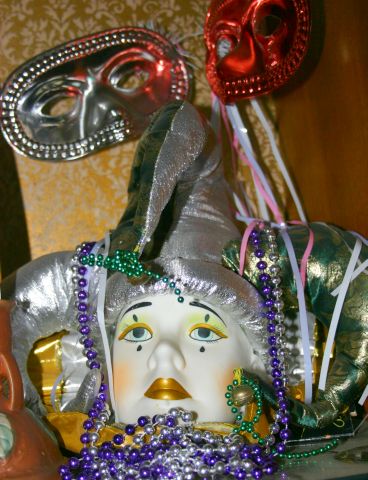Steve Marconi, a free-lance writer and resident in our area, prepared a list of “amenities we didn’t have in 1951.” I enjoyed reading the article in the Daily Breeze and want to pass along a few of my favorites from Steve’s List:
• The remote control. Television itself was fairly new, but it didn’t take long to come up with the remote — the two-legged kind Dad operated by lying on the couch (we called it a davenport back then) and saying, “Stevie, turn the TV to Channel 4.”
• The F-word. Oh, we had it all right, but you never heard it in polite company. Refined women never said it, and if kids said it, well, have you ever wondered what soap tastes like?
• Self-serve gasoline stations. They were called “service” stations because someone actually came out and pumped your gas, washed your windows and checked your oil. That was what service was. And you could ask for directions because the serviceman could speak English. Really.
• Timeouts. Back when kids actually respected their elders and didn’t talk back to parents, we had corporal punishment. At home that could mean a belt or a switch or the nearby kitchen spoon applied to the bottom. At school that meant swats with a paddle, not just a visit to the office. For most, it worked. For some, it meant years of therapy.
• Whiteboards. There is an entire generation of students that hasn’t had the excruciating pleasure of hearing fingernails scrape across an old-fashioned slate chalkboard. Think amplifier feedback that raises the hair on the back of your neck — only worse.
• Body piercings. Disfiguring your face, tongue and other body parts used to be considered a form of torture. We thure were thtupid back then.
• Tattoos. Amazing how what used to define a sailor or a criminal has become a fashion statement.
If you enjoyed these few, please read the rest. It’s certainly worth your time.

 Skull Island’s a happening place. Sauropods stampede to a booming death, insect carnivores the size of phone booths writhe out of the swamps, and Kong – stricken by the sight of blonde hair – develops an inappropriate interest in the one woman who’s aboard ship. Eventually, the entrepreneurs who have initiated this less-than-idyllic odyssey capture Kong and take him back to Manhattan as an E-coupon sideshow attraction.
Skull Island’s a happening place. Sauropods stampede to a booming death, insect carnivores the size of phone booths writhe out of the swamps, and Kong – stricken by the sight of blonde hair – develops an inappropriate interest in the one woman who’s aboard ship. Eventually, the entrepreneurs who have initiated this less-than-idyllic odyssey capture Kong and take him back to Manhattan as an E-coupon sideshow attraction.
 One of the first recorded instances of an annual spring festival is the festival of Osiris in Egypt; it commemorated the renewal of life brought about by the yearly flooding of the Nile. In Athens, during the 6th century B.C., a yearly celebration in honor of the god Dionysus was the first recorded instance of the use of a float. It was during the Roman Empire that carnivals reached an unparalleled peak of civil disorder and licentiousness. The major Roman carnivals were the Bacchanalia, the Saturnalia, and the Lupercalia.
One of the first recorded instances of an annual spring festival is the festival of Osiris in Egypt; it commemorated the renewal of life brought about by the yearly flooding of the Nile. In Athens, during the 6th century B.C., a yearly celebration in honor of the god Dionysus was the first recorded instance of the use of a float. It was during the Roman Empire that carnivals reached an unparalleled peak of civil disorder and licentiousness. The major Roman carnivals were the Bacchanalia, the Saturnalia, and the Lupercalia.

 Damsel hopes that everyone enjoyed the flowers and stuff. She figured that everyone else would have hearts, so she wanted to send flowers, most of which are grown in her care, and photographed by her.
Damsel hopes that everyone enjoyed the flowers and stuff. She figured that everyone else would have hearts, so she wanted to send flowers, most of which are grown in her care, and photographed by her.